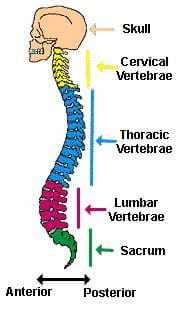Melting points and boiling points are important physical properties. These properties reveal something about the forces that hold molecules together in condensed phases (liquids and solids). Chemists recognize three major kinds of attractive forces in covalent molecules, all of which are related to dipoles.
Polar molecules have a permanent dipole moment. Since opposite charges attract, when polar molecules approach each other they orient themselves in a head-to-tail manner.
Carbon tetrachloride (tetrachloromethane, bp 77oC) is a nonpolar molecule but it is a liquid at room temperature, indicating that some attraction between molecules must exist. The molecule has no permanent dipole but an instantaneous dipole is formed when two CCl4 molecules approach each other. The electron cloud in one molecule repulses the electrons in the second molecule breaking the symmetry. These temporary dipoles exist for only a short time and fluctuate from one molecule to another. The result is a weak dipole-dipole attraction called the London dispersive force (van der Waals force). The more contact area between molecules the stronger the van der Waals forces.
Hydrogen bonding is the result of strong dipole-dipole attraction in molecules containing O-H and N-H bonds. HF also undergoes hydrogen bonding but since F is monovalent, this bond is not found in organic molecules. These hydrogen bonds are strongly polarized with the hydrogen atom carrying a partial positive charge. Although hydrogen bonding is only about 10% as strong as covalent bonds it is responsible for the unusual high boiling points of water and alcohols which contain O-H bonds. Ammonia and amines contain N-H bonds which are less polar than O-H bonds and the resulting hydrogen bonding is weaker.
Source:
Please rate this
Poor




 Excellent
Excellent




 Excellent
Excellent
Votes: 0 |NaN out of 5







